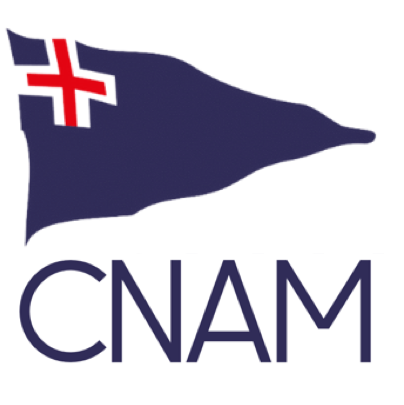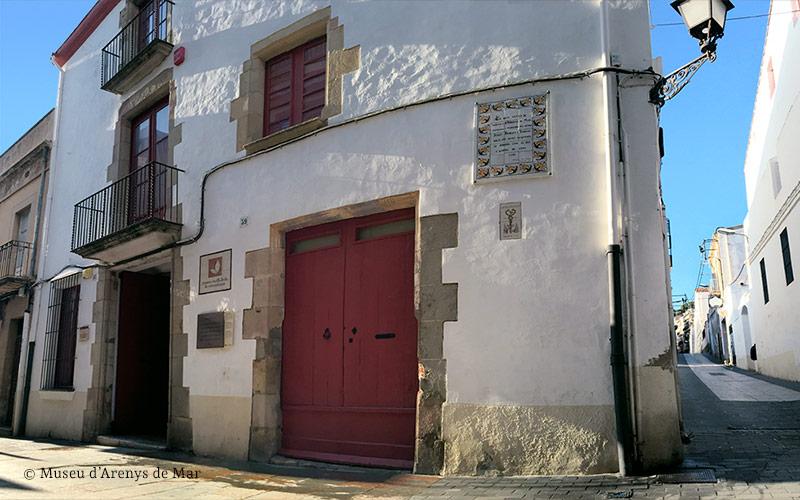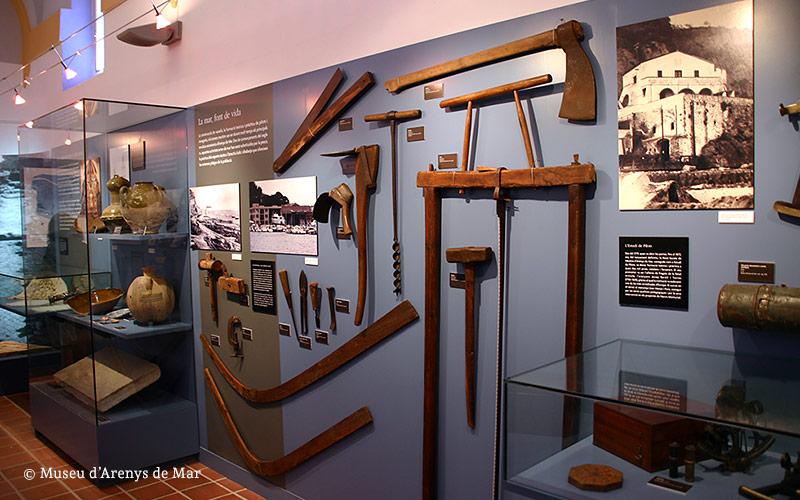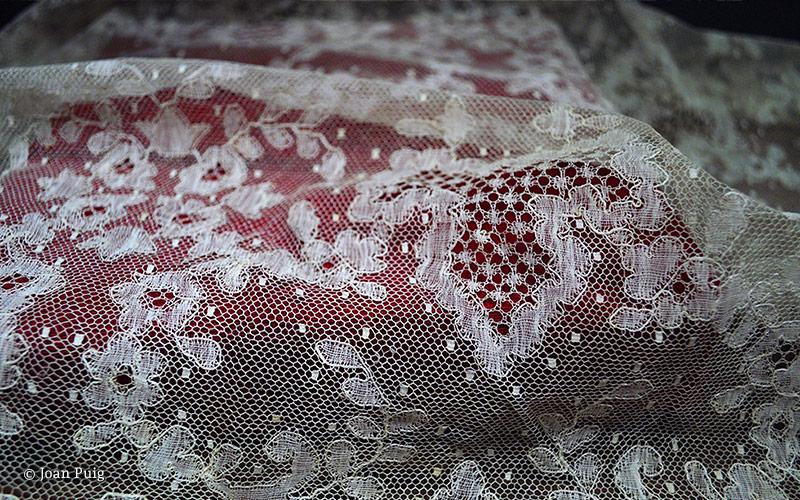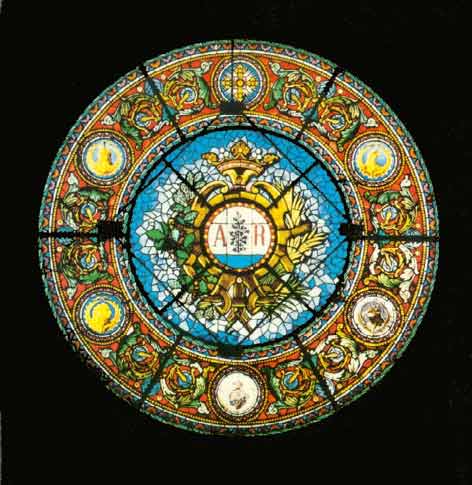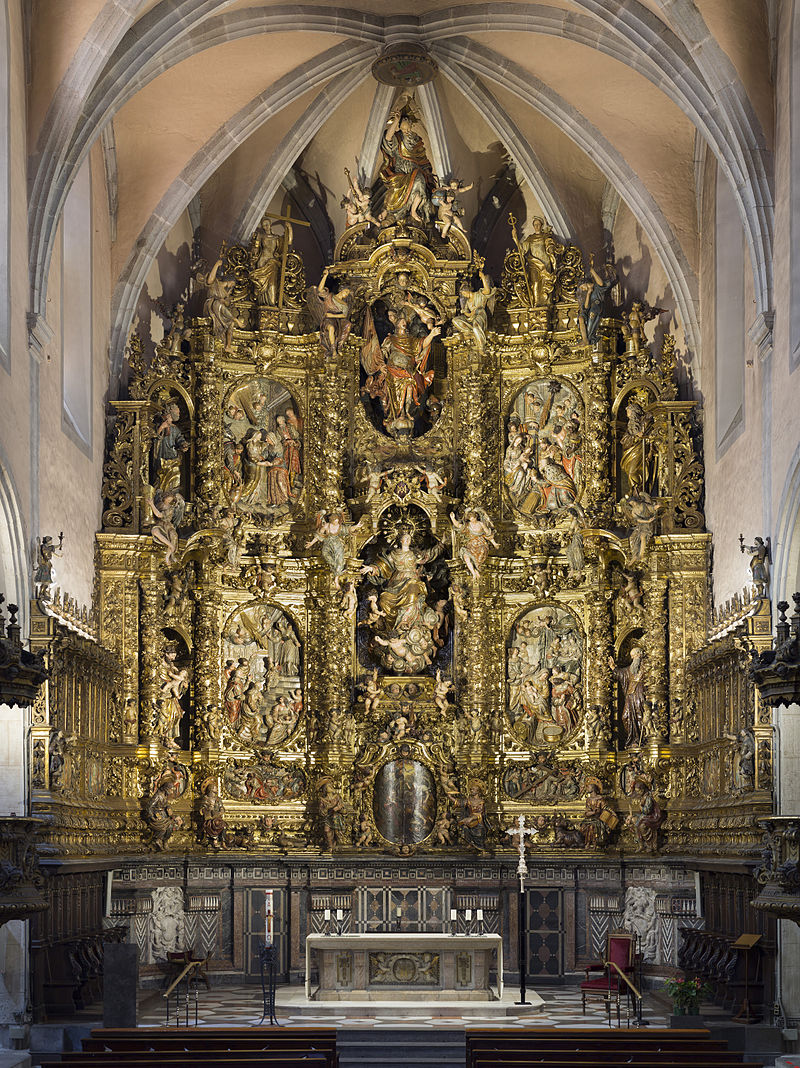Arenys is neither too close nor too far from anywhere. It is located 40 km from Barcelona via the N-II road or the C-31 highway. The commuter train (R1 line) reaches Plaça de Catalunya, in the heart of Barcelona, in just 50 minutes. The B-511 road connects to the A-7 highway (Sant Celoni exit) through Collsacreu. The Montseny Massif is nearby, and the Natural Parks of Corredor and Montnegre are just around the corner. Girona is 60 km away, and a trip to Montserrat takes just a little over an hour. Barcelona Airport is 56 km away, and Girona–Costa Brava Airport is 40 km away.
The harbour is the most important in the Maresme region and is home to nearly the entire local fishing fleet. The fish auction, held every afternoon when the boats return, is a colourful and authentic spectacle that attracts many visitors. There is ample space in the port reserved for yachts, and during the summer, numerous sailing boats stop here on their Mediterranean journey. The shipyard remains an important part of the local industry.
The Riera is the commercial heart and the hub of all local activity. The Market, a splendid and functional Art Nouveau building, is open every morning and also on Friday afternoons. Inside, it buzzes with people and constant activity. On Saturday mornings, the commercial hustle spills out onto the Riera with the weekly street market, a lively and popular event.
The artistic and historical landmarks, the museums, the harbour, and everything connected to the myth of Sinera — created by the poet Salvador Espriu — are powerful reasons to visit Arenys.
On weekends, many people come simply to enjoy a good meal. The beaches of Arenys are especially appealing, thanks to their wide stretches and coarse-grained sand. For those who prefer the shade, the town offers Lourdes Park and a variety of walking trails and paths that lead into the surrounding countryside.
Within the town centre, there are several places well worth a visit. The parish church of Santa Maria houses one of the most important Baroque reredoses in Catalonia, built at the beginning of the 18th century by the sculptor Pau Costa. Following Church Street, you’ll come to the Marés Museum of Lacemaking and the Mollfulleda Museum of Mineralogy — two cultural gems that reflect the town’s rich heritage.
